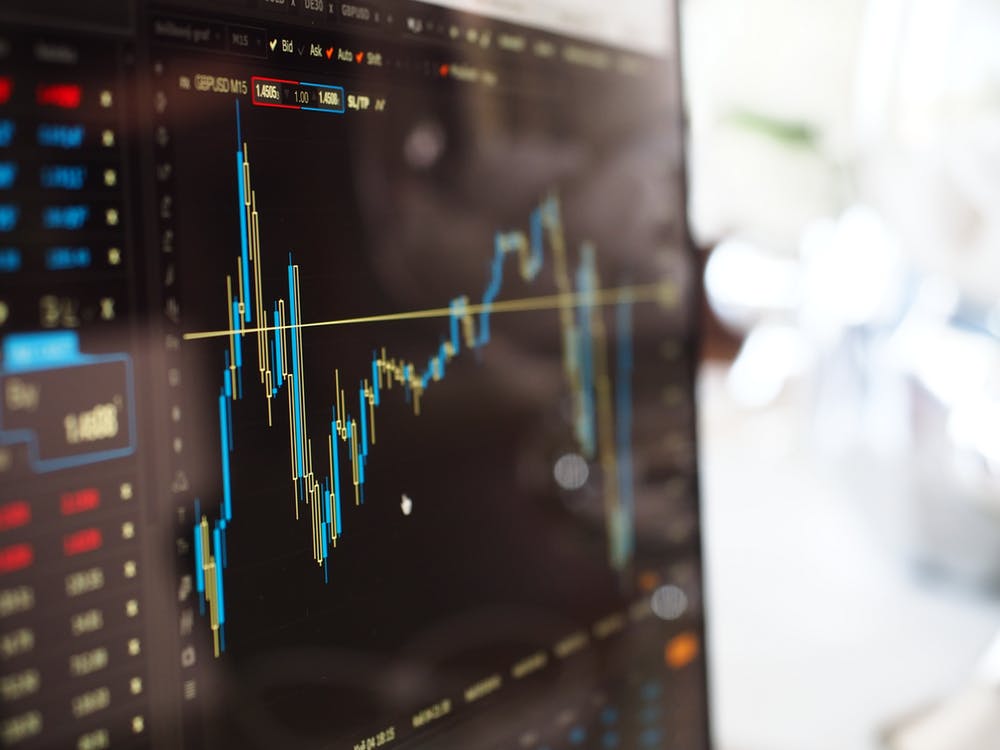The Forex market, otherwise known as the FX or currency market, is one of the biggest and most liquid markets in the world, with more than 6.6 trillion dollars traded every day, according to the latest survey from the Bank for International Settlements.
Like any part of your life (at least in an ideal world), your trading needs to have objectives, or your trading will be based on whims and feelings. The main challenge with setting goals is setting them appropriately – many traders start with wildly ambitious goals that they have no conceivable path of reaching, which serves only to discourage them when they inevitably fail. While it may be tempting to have “make $1,000 a day” your trading goal, it’s important not to overstretch yourself – you need to have realistic goals.
If you’re new to the world of Forex, get an overall understanding of what it is first with this introduction to Forex trading. Once you understand the basics, knowing how to set trading goals is the next step.
So, how do you set your trading goals properly when Forex trading? Which method should you use? How and when do you implement significant changes to your trading habits?
Set process-orientated goals rather than outcome-focused goals
Goal setting is a powerful way to improve your trading, as it will help you be more consistent by sticking to your plan to reach the outcomes you want. But not every trader knows how to best define his goals and set them accurately.
Though it may sound counterintuitive, setting monetary goals isn’t really useful for your trading, because markets are dynamic, and you won’t always see the right trading setups and opportunities for your trading method. Additionally, monetary goals add more pressure to your trading, which often pushes you to overtrade or trade recklessly.
In contrast to outcome-oriented goals are process-oriented goals, which are 100% under your control.
Results can be guaranteed with process goals, as it’s all about doing the right thing regardless of the outcome. That’s why you should focus on process-oriented goals – you’ll develop the right attitude, implement good trading habits, and follow your trading plan. A good example of a process-oriented goal would be ‘never open a position until I thoroughly analyze market conditions and all my trading set-ups appear’.
Use the SMART method to best define your trading goals and increase your trading success
S for Specific – Your goals must be as specific as possible to best define and describe exactly what you want to achieve. Don’t be vague – really narrow down what you want to achieve, so then you know exactly what you’re aiming for.
M for Measurable – To be able to see your progress, you need to measure how well you’re doing.
A for Achievable or Attainable – In order to actually reach your goals, you need to feel that it’s possible to do so – if you don’t believe you can achieve a goal, then it’s really more of an idle wish.
R for Relevant – To improve the odds of you being motivated and driven to reach the goals you’ve set, they need to be personally important to you.
T for Timeline or Timely – Your goals need a deadline, otherwise you can put them off indefinitely.
Final word
Setting up goals correctly is key for achieving success, whatever that looks like for you. The most important aspect is how you structure them – if you don’t give this part enough thought, then they won’t be the motivating force that propels you towards success.
As a rule of thumb, process-oriented goals are more effective and bring more success than outcome-oriented goals, as the later don’t encourage the right mindset for trading.
To bring structure and manageability into your process of determining your trading goals, try to use the SMART method, which will make your goals Specific, Measurable, Attainable, Relevant, and Timely. It’s also important to have your trading goals in writing, as it will help your mind to clearly define, understand and visualize what you want from Forex trading. Moreover, it helps you monitor your progress and keep up with your achievements. Good luck!




